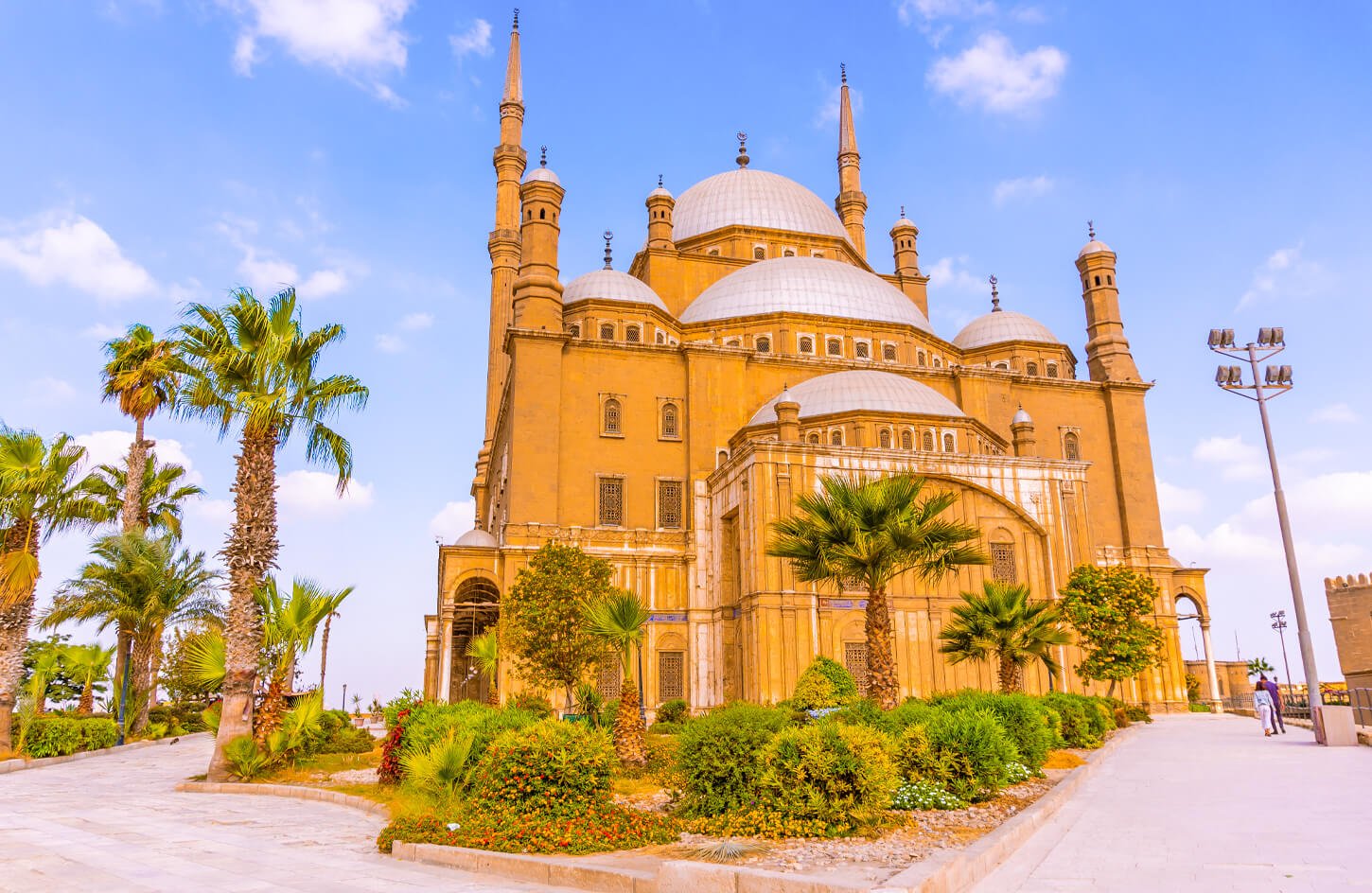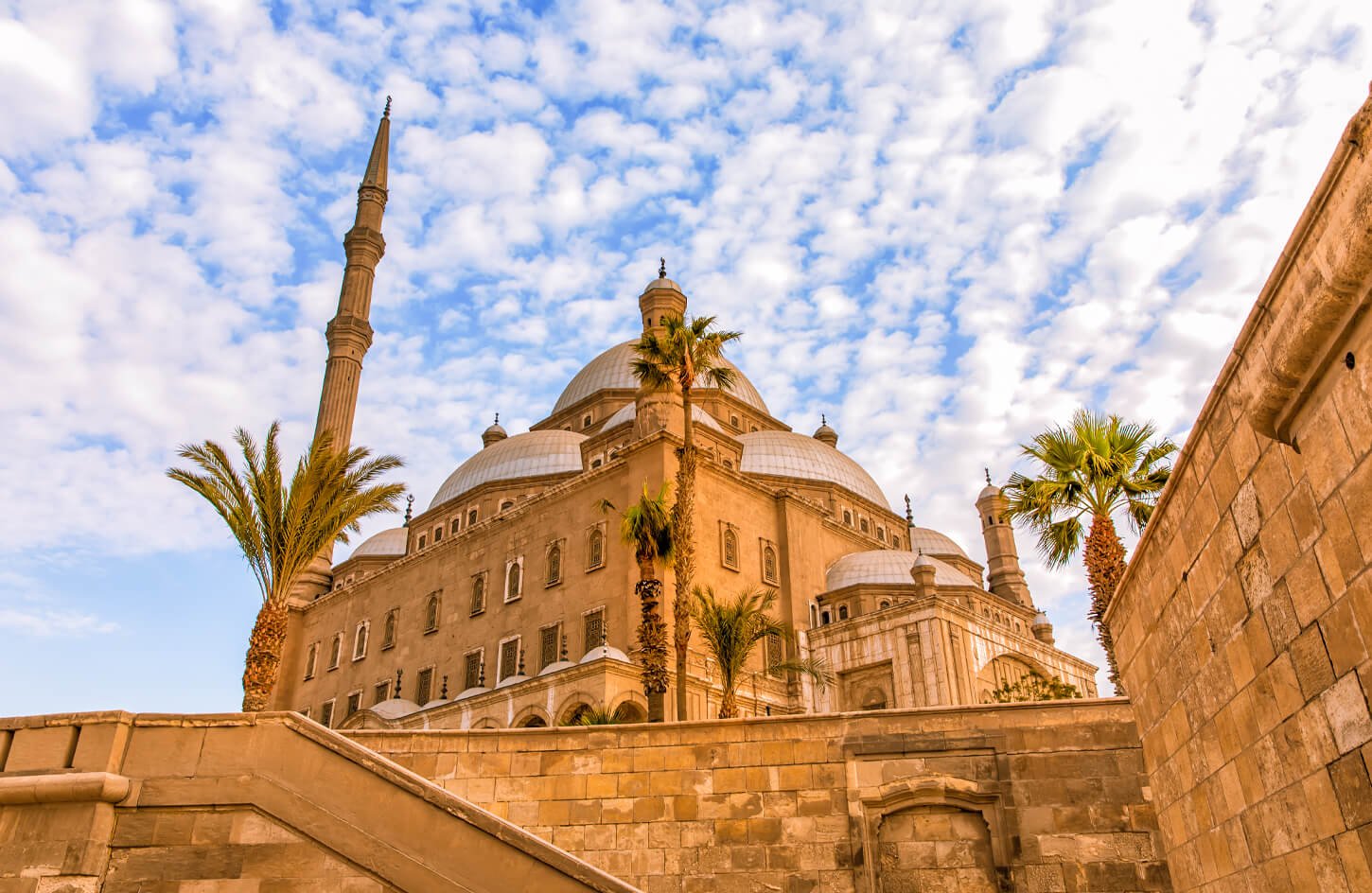Nestled on top of a hill in Cairo, Egypt, the Saladin Citadel and Mohammad Ali Mosque stand tall as two remarkable landmarks that have witnessed the ebbs and flows of Egyptian history. Built during different eras, these architectural marvels serve as testaments to the country’s rich heritage and cultural significance. This blog post will delve into the captivating history, architectural features, and tourist attractions of the Saladin Citadel and Mohammad Ali Mosque, offering a glimpse into Egypt’s glorious past.
This blog post aims to shed light on the captivating stories behind the Saladin Citadel and Mohammad Ali Mosque. We hope to inspire Egypt travelers to include these landmarks in their itineraries by exploring their historical backgrounds, architectural designs, and significance. Whether you are an avid history buff, an architecture enthusiast, or a curious traveler, this post will provide valuable insights into the wonders that await you at the Saladin Citadel and Mohammad Ali Mosque.
The Importance of Saladin Citadel and Mohammad Ali Mosque in Egyptian History
The Saladin Citadel and Mohammad Ali Mosque hold immense historical importance for the Egyptians. They have witnessed numerous conquests, political upheavals, and cultural transformations that have shaped the country over centuries. These landmarks are powerful reminders of Egypt’s resilience, architectural prowess, and religious devotion, making them must-visit destinations for travelers seeking to immerse themselves in the nation’s vibrant history.

The Citadel of Saladin
1. The History of Saladin Citadel
The Saladin Citadel, also known as the Cairo Citadel, traces its roots back to the 12th century during Salah ad-Din Yusuf ibn Ayyub, commonly known as Saladin. This imposing fortress was constructed as a strategic military stronghold to protect Cairo from potential invasions. Over the centuries, it became a power and authority symbol for the ruling dynasties.
2. Architectural design and features
The architectural design of the Saladin Citadel showcases a fusion of military and religious elements. The citadel boasts towering walls and formidable battlements that reflect its defensive purpose. Inside, you’ll discover stunning mosques, elegant palaces, and intricate courtyards adorned with intricate Islamic motifs. The most prominent structure within the citadel is the Mosque of Muhammad Ali.
3. Significance in Egyptian history
The Saladin Citadel played a pivotal role in shaping Egyptian history. It served as the seat of power for numerous rulers and witnessed the rise and fall of dynasties. The citadel’s strategic location and imposing architecture made it an emblem of strength and sovereignty. Today, it is a living testament to Egypt’s architectural grandeur and historical significance.
4. Tourist attractions in Saladin Citadel
Visitors to the Saladin Citadel can explore many attractions that bring history to life. The Mosque of Muhammad Ali, the Military Museum, and the Mosque of Sultan al-Nasir Muhammad are notable highlights. Furthermore, the citadel offers breathtaking panoramic views of Cairo, providing a unique perspective on the city’s vast expanse.

Mohammad Ali Mosque
1. The History of Mohammad Ali Mosque
Commissioned by Muhammad Ali Pasha, an influential ruler of Egypt in the early 19th century, the Mohammad Ali Mosque is a stunning masterpiece of Ottoman architecture. Inspired by the grandeur of Istanbul’s Hagia Sophia, this mosque was built to leave a lasting legacy and to establish Cairo as a rival to Constantinople.
2. Architectural design and features
The Mohammad Ali Mosque showcases the opulence and elegance of Ottoman architecture. Its domes, minarets, and grand courtyard reflect the distinctive features of this architectural style. The mosque’s interior boasts intricate decorations, including breathtaking chandeliers, ornate calligraphy, and mesmerizing stained glass windows, creating an awe-inspiring ambiance for worshippers and visitors alike.
3. The Significance in Egyptian History
The Mohammad Ali Mosque holds deep historical and cultural significance for Egypt. It symbolizes the country’s shift towards a more Ottoman-influenced architectural style during Muhammad Ali Pasha’s reign. Moreover, the mosque’s construction was part of a broader effort to modernize Egypt and establish Cairo as a regional cultural and political hub.
4. Tourist attractions in Mohammad Ali Mosque
Stepping into the Mohammad Ali Mosque feels like entering a realm of tranquility and architectural splendor. Aside from exploring its mesmerizing architecture and design, visitors can also admire the panoramic views of Cairo from its minaret. The mosque’s serene atmosphere is ideal for contemplation and reflection.
Comparison Between Saladin Citadel & Mohammad Ali Mosque
1. Differences in Architectural Design
While the Saladin Citadel and Mohammad Ali Mosque exhibit Islamic architectural elements, they belong to different periods and styles. The Saladin Citadel showcases medieval military architecture, with its fortified walls and towers, while the Mohammad Ali Mosque represents the grandeur of Ottoman design, characterized by its domes and minarets.
2. Differences in Historical Significance
The Saladin Citadel served as a stronghold for various rulers throughout Egypt’s history, symbolizing power and defense. On the other hand, the Mohammad Ali Mosque is a testament to Muhammad Ali Pasha’s vision for Egypt’s modernization and cultural revival.
3. Similarities in Tourist Attractions
Both the Saladin Citadel and Mohammad Ali Mosque offer captivating tourist attractions. Visitors to both landmarks can marvel at stunning architectural details, enjoy panoramic views of Cairo, and immerse themselves in Egypt’s rich history. Whether you’re exploring the citadel’s fortifications or admiring the mosque’s grandeur, both destinations promise an unforgettable journey through time.

The Importance of Preserving Egyptian Landmarks
The Saladin Citadel and Mohammad Ali Mosque embody the captivating allure of Egyptian history and architectural brilliance. Each landmark tells a unique story and offers a different perspective on Egypt’s past, from the medieval military might of Saladin’s citadel to the Ottoman-inspired splendor of the Mohammad Ali Mosque.
As we delve into the tales of these remarkable landmarks, we must recognize the significance of preserving Egypt’s cultural heritage. These architectural treasures link to the past and provide valuable insights into the country’s history. By appreciating and protecting these landmarks, we ensure that future generations can continue to be inspired by their beauty and historical significance.
If you’re planning a trip to Egypt, visiting the Saladin Citadel and Mohammad Ali Mosque is a must. Take the time to explore their captivating history, marvel at their architectural splendor, and immerse yourself in the vibrant atmosphere surrounding them. Whether you’re a history enthusiast, an architecture lover, or simply a curious traveler, these landmarks promise an enriching experience that will leave an indelible mark on your journey through Egypt.


0 Comment